Why do we always need to wait for 'launch windows' to get a rocket to space?
Friday, 09 September 2022 14:00
Earlier this week, the Artemis I moon mission was scrubbed again; now we have to wait for a new launch window.
Just 40 minutes before the Space Launch System rocket was set to take off from Kennedy Space Center in Florida on September 3, a leaking fuel line caused engineers to scrub the launch.
So what is a launch window, and why can't a rocket go up at any time? And what does it mean to "scrub" it?
Waiting for the right alignment
A launch window is like waiting for the stars to align. The rocket will be "thrown" off the surface of Earth. This toss must be timed perfectly so the craft's resulting path through space sends it—and everything it's carrying—towards the intended location at the right time.
For Artemis I—a mission to send the Orion capsule into orbit around the moon—the "right time" means waiting for the moon to be as close to Earth as possible (known as "perigee") during its 28-day cycle. Hence why we'll now be waiting roughly four weeks for the next moonshot.
Week in images: 05-09 September 2022
Friday, 09 September 2022 12:12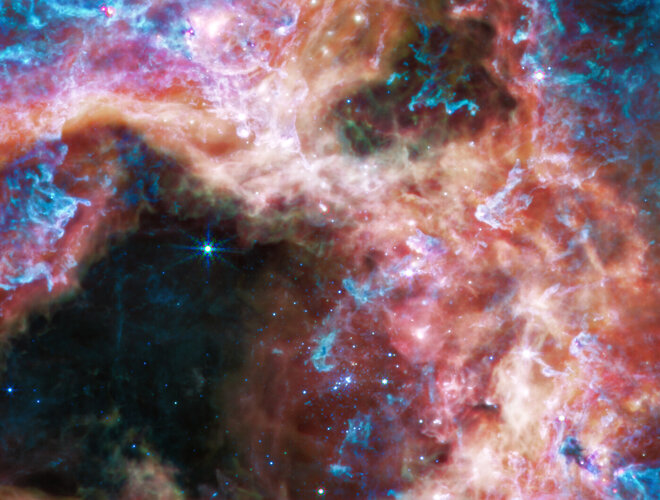
Week in images: 05-09 September 2022
Discover our week through the lens
SpaceX to launch five spare Iridium satellites
Friday, 09 September 2022 10:28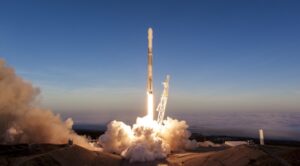
Iridium will launch five of its remaining six ground spare satellites on a Falcon 9 rideshare mission in 2023, the company announced Sept. 8.
The post SpaceX to launch five spare Iridium satellites appeared first on SpaceNews.
This is ESA: now interactive – in 23 languages!
Friday, 09 September 2022 08:40
This is ESA is an illustrated guide to what ESA is and what we do. It has been available in print since 2019. Now this brochure is also available as an interactive publication in all ESA Member State languages.
ESA completes end-to-end test of enhanced, secure Galileo service
Friday, 09 September 2022 08:30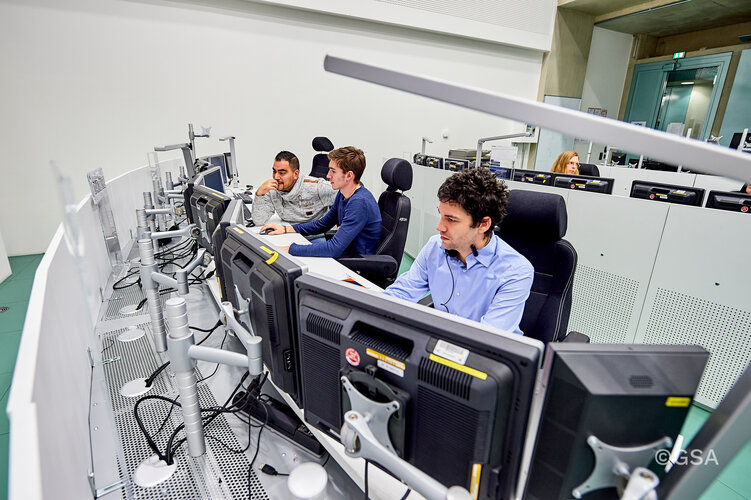
Europe’s Galileo satellite navigation system continues to evolve. For the very first time, end-to-end testing of the Galileo system demonstrated signal acquisition of an improved version of the Public Regulated Service (PRS), the most secure and robust class of Galileo services. The system test extended from the Galileo Security Monitoring Centre in Spain and the Galileo Control Centre in Germany to a Galileo satellite at ESA’s ESTEC technical heart in the Netherlands, which then broadcast in turn to a user receiver.
Why do we always need to wait for launch windows to get a rocket to space
Friday, 09 September 2022 07:48 Earlier this week, the Artemis I Moon mission was scrubbed again; now we have to wait for a new launch window.
Just 40 minutes before the Space Launch System rocket was set to take off from Kennedy Space Centre in Florida on September 3, a leaking fuel line caused engineers to scrub the launch.
So what is a launch window, and why can't a rocket go up at any time? And what does it mea
Earlier this week, the Artemis I Moon mission was scrubbed again; now we have to wait for a new launch window.
Just 40 minutes before the Space Launch System rocket was set to take off from Kennedy Space Centre in Florida on September 3, a leaking fuel line caused engineers to scrub the launch.
So what is a launch window, and why can't a rocket go up at any time? And what does it mea JAXA startup Tenchijin releases free land evaluation app using EO data
Friday, 09 September 2022 07:48 Tenchijin COMPASS enables people who have never used satellite data before to analyze, visualize data, and experience the power of satellite data.
The use of satellite data has been attracting attention, but it has tended to have an image of being expensive and difficult to handle. Therefore, Tenchijin, Inc., a Japan Aerospace Exploration Agency (JAXA) -recognized startup, has been support
Tenchijin COMPASS enables people who have never used satellite data before to analyze, visualize data, and experience the power of satellite data.
The use of satellite data has been attracting attention, but it has tended to have an image of being expensive and difficult to handle. Therefore, Tenchijin, Inc., a Japan Aerospace Exploration Agency (JAXA) -recognized startup, has been support Surprise finding suggests 'water worlds' are more common than we thought
Friday, 09 September 2022 07:48 Water is the one thing all life on Earth needs, and the cycle of rain to river to ocean to rain is an essential part of what keeps our planet's climate stable and hospitable. When scientists talk about where to search for signs of life throughout the galaxy, planets with water are always at the top of the list.
A new study suggests that many more planets may have large amounts of water tha
Water is the one thing all life on Earth needs, and the cycle of rain to river to ocean to rain is an essential part of what keeps our planet's climate stable and hospitable. When scientists talk about where to search for signs of life throughout the galaxy, planets with water are always at the top of the list.
A new study suggests that many more planets may have large amounts of water tha Unraveling a mystery surrounding cosmic matter
Friday, 09 September 2022 07:48 Early in its history, shortly after the Big Bang, the universe was filled with equal amounts of matter and "antimatter" - particles that are matter counterparts but with opposite charge. But then, as space expanded, the universe cooled. Today's universe is full of galaxies and stars which are made of matter. Where did the antimatter go, and how did matter come to dominate the universe? This cosm
Early in its history, shortly after the Big Bang, the universe was filled with equal amounts of matter and "antimatter" - particles that are matter counterparts but with opposite charge. But then, as space expanded, the universe cooled. Today's universe is full of galaxies and stars which are made of matter. Where did the antimatter go, and how did matter come to dominate the universe? This cosm Hubble finds spiraling stars, providing window into early universe
Friday, 09 September 2022 07:48 Nature likes spirals - from the whirlpool of a hurricane, to pinwheel-shaped protoplanetary disks around newborn stars, to the vast realms of spiral galaxies across our universe.
Now astronomers are bemused to find young stars that are spiraling into the center of a massive cluster of stars in the Small Magellanic Cloud, a satellite galaxy of the Milky Way.
The outer arm of the spira
Nature likes spirals - from the whirlpool of a hurricane, to pinwheel-shaped protoplanetary disks around newborn stars, to the vast realms of spiral galaxies across our universe.
Now astronomers are bemused to find young stars that are spiraling into the center of a massive cluster of stars in the Small Magellanic Cloud, a satellite galaxy of the Milky Way.
The outer arm of the spira Falcon 9 set to launch BlueWalker 3 to Low Earth Orbit
Friday, 09 September 2022 07:48 AST SpaceMobile, Inc. ("AST SpaceMobile") (NASDAQ: ASTS), the company building the first and only space-based cellular broadband network accessible directly by standard mobile phones, has announced its BlueWalker 3 (BW3) test satellite is planned to reach orbit September 10 from Kennedy Space Center in Cape Canaveral, Florida, a mission that plans to kick off testing with mobile network operator
AST SpaceMobile, Inc. ("AST SpaceMobile") (NASDAQ: ASTS), the company building the first and only space-based cellular broadband network accessible directly by standard mobile phones, has announced its BlueWalker 3 (BW3) test satellite is planned to reach orbit September 10 from Kennedy Space Center in Cape Canaveral, Florida, a mission that plans to kick off testing with mobile network operator Momentus First Demonstration Mission Status Update #5
Friday, 09 September 2022 07:48 Momentus Inc. (NASDAQ: MNTS), a U.S. commercial space company that plans to offer transportation and other in-space infrastructure services, has provided its fifth Mission Update on its inaugural Vigoride mission that launched on May 25.
Since the Company's last update on August 3, Momentus has successfully deployed an additional payload from its Vigoride orbital transfer vehicle. SelfieSa
Momentus Inc. (NASDAQ: MNTS), a U.S. commercial space company that plans to offer transportation and other in-space infrastructure services, has provided its fifth Mission Update on its inaugural Vigoride mission that launched on May 25.
Since the Company's last update on August 3, Momentus has successfully deployed an additional payload from its Vigoride orbital transfer vehicle. SelfieSa Help explore the future with ESA’s Advanced Concepts Team
Friday, 09 September 2022 07:42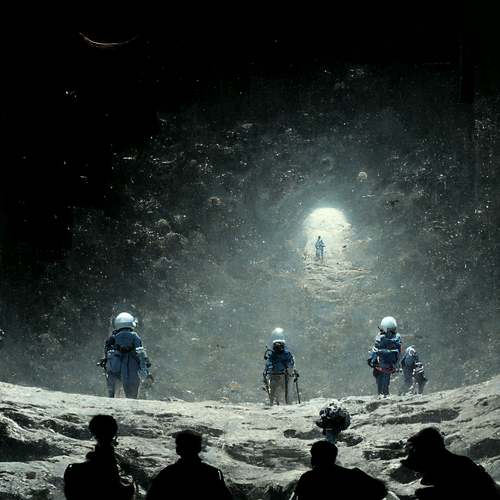
Next week ESA’s future-oriented Advanced Concepts Team, the ACT, will mark its 20th anniversary by contemplating the coming two decades in space – and outside space researchers, engineers and students are cordially invited to take part.
Private Chinese satellite internet firm GalaxySpace secures major new funding
Friday, 09 September 2022 07:27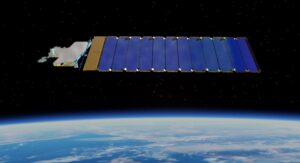
Chinese satellite internet startup GalaxySpace has raised new funding which the company says puts its value at $1.58 billion.
The post Private Chinese satellite internet firm GalaxySpace secures major new funding appeared first on SpaceNews.
MTG-I1 weather satellite shows off
Friday, 09 September 2022 06:33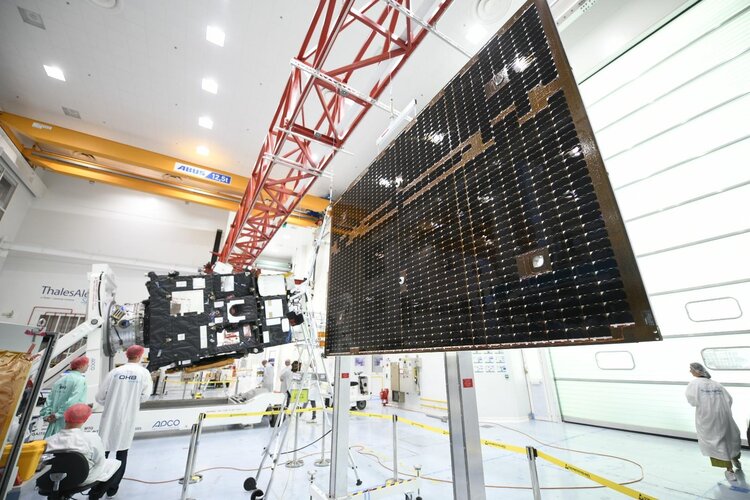
Before Europe’s first Meteosat Third Generation Imager leaves the south of France at the end of the month aboard a ship bound for French Guiana, this remarkable new weather satellite has been taking centre stage at Thales Alenia Space’s facilities in Cannes.

